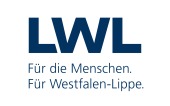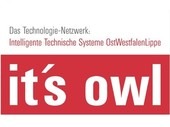Modeling, simulation and measurement of a bidirectional optical interconnection system for industrial applications
This paper presents a bidirectional optical data transmission system as an enhancement of a contactless power transmission system (CPTS). The latter consists of two separate devices and is able to transmit up to 240W of electrical power using inductive resonant coupling. The optical system consists of two self-developed light-guiding structures and a short-reach free-space optical path. As source and sink of the optical system a light-emitting diode resp. a photodiode with a centroid wavelength of 850nm are used. The optical system is positioned within the CPTS; it transmits the PROFIBUS protocol. Due to the restrictions given by the applications areas of the CPTS, such as air gap up to 5°mm, misalignment up to 2 mm, tilting up to 5 and rotation angle up to 360°, different kinds of light-guiding structures are analyzed by simulation. Based on these results the most promising structures are selected and manufactured. Hereafter the attenuation and the near field characteristic of one light-guiding structure is analyzed. After this, the attenuation based on misalignment, variation of air gap, tilting and rotation between two light-guiding structures are analyzed by measurement. To check whether the requirements of the PROFIBUS has been satisfied by the complete data transmission system, the transient transmission behavior of the system was analyzed by a pseudo-random bit stream. In this paper the most important results of the design, the simulation and the measurement are explained. The presented results demonstrate the ability to design of such systems based on simulations and to evaluate the suitability of various geometries for present and future works.
Link zu dem Artikel





























































